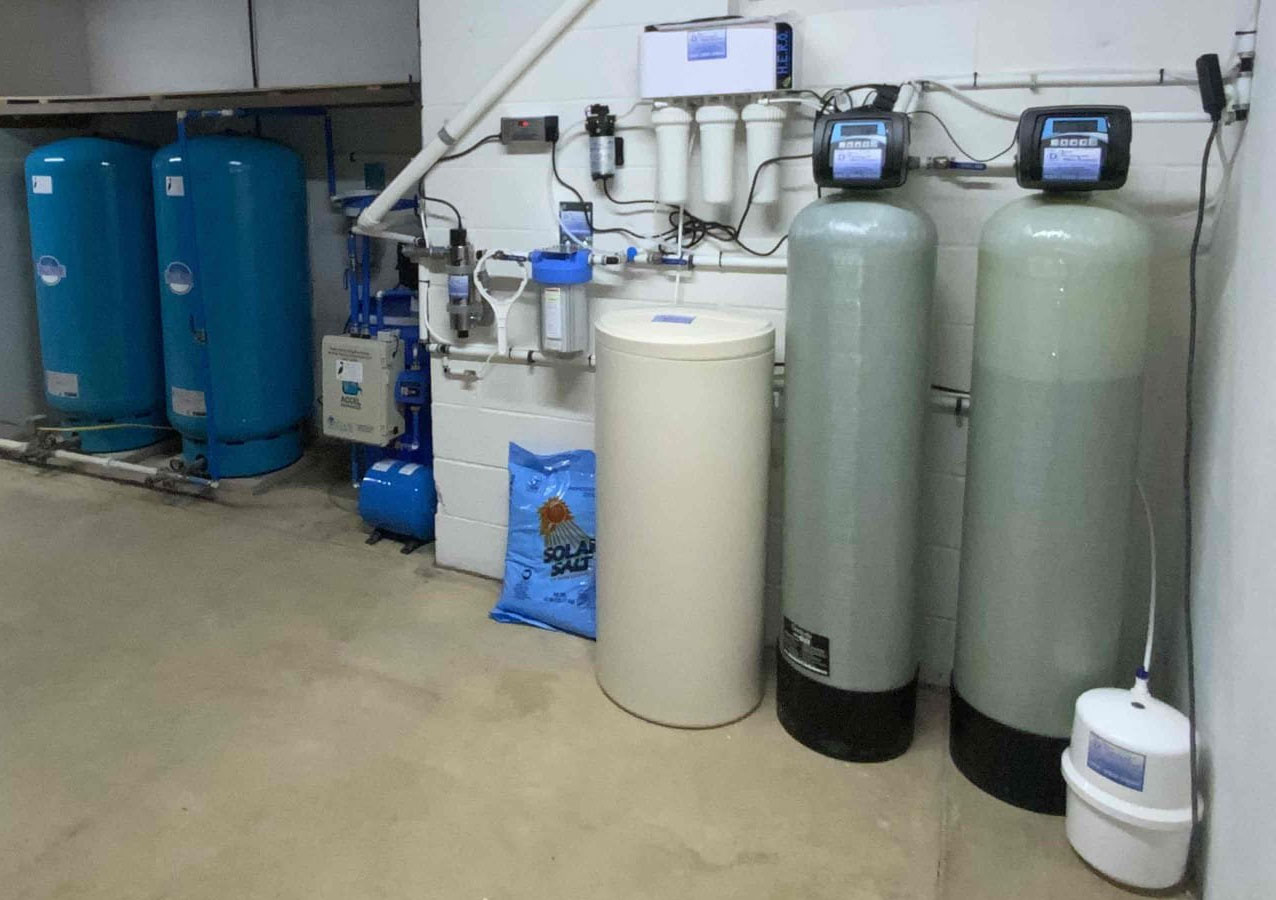Per- and polyfluoroalkyl substances (PFAS)—often referred to as “forever chemicals”—and microplastics have emerged as significant environmental and public health concerns. These persistent substances are now detected in everything from groundwater and drinking water to air and food packaging. As scientific research expands, so does the understanding of the ways in which they affect human health, particularly in communities exposed through contaminated water sources or frequent contact with plastics.
PFAS Contamination at Former Military Bases
One of the most well-documented sources of PFAS contamination in the United States is the historical use of aqueous film-forming foam (AFFF) at military bases during firefighting training exercises. A striking example can be found at the Naval Air Station Joint Reserve Base (NASJRB) Willow Grove in Pennsylvania. Environmental investigations began as early as 2011, uncovering widespread PFAS contamination in groundwater on-site and in surrounding neighborhoods.
Research has linked exposure to certain PFAS compounds with a variety of health issues, including:
- Thyroid dysfunction
- Elevated cholesterol levels
- Liver damage
- Reduced immune function
- Certain types of cancer
Additionally, developmental concerns have been raised, particularly for pregnant women and children exposed to PFAS through drinking water. Some studies have noted associations with reproductive effects, growth delays, and hormonal disruption.
Microplastics: Ubiquitous Environmental Pollutants
Microplastics are defined as plastic particles smaller than 5 millimeters, often formed through the breakdown of larger plastics or found in manufactured products like exfoliating scrubs and synthetic fabrics. Unlike PFAS, which are primarily a groundwater concern, microplastics have infiltrated air, food, soil, and drinking water, making exposure almost unavoidable.
In recent studies, microplastics have been detected in human organs, including the lungs, liver, and even the brain. In one study, researchers found micro- and nanoplastics in the prefrontal cortex—the area of the brain responsible for decision-making and behavioral control—with levels 7–30 times higher than those found in the kidneys or liver.
While more research is needed, early concerns point to possible connections with:
- Inflammation and oxidative stress
- Cellular damage
- Digestive and respiratory disruption
- Suspected links to colon and lung cancer
💧 Curious about what’s in your drinking water? Schedule a free water test
Health Implications of PFAS and Microplastics
Though their health effects differ in origin and mechanism, PFAS and microplastics both persist in the human body and raise serious long-term concerns. Current evidence suggests PFAS may contribute to:
- High cholesterol
- Kidney and liver disease
- Immune suppression
- Fertility problems
- Increased cancer risk
Meanwhile, microplastics—due to their physical presence and chemical additives—may cause:
- Tissue inflammation
- Disruption of endocrine function
- Respiratory and digestive tract irritation
Ongoing research is examining whether long-term microplastic exposure may play a role in neurodegenerative conditions, though definitive conclusions have not yet been drawn.
Reducing Exposure to PFAS and Microplastics
While avoiding these pollutants entirely is difficult, there are practical steps individuals can take to reduce exposure:
- Drink filtered water: Use systems certified to remove PFAS, such as reverse osmosis units, and avoid bottled water, which may contain microplastics.
- Upgrade your home water softener: Municipal water may contain chlorine, chloramine, and hardness—which we treat with custom city water softeners.
- Avoid heating food in plastic: Opt for glass or stainless steel containers when storing or microwaving food.
- Choose natural fibers: Clothing made from synthetic materials sheds microplastics during each wash cycle.
- Support smarter regulation: Advocate for reduced plastic production and stricter PFAS limits in drinking water.
Conclusion
The widespread presence of PFAS and microplastics in our environment, homes, and bodies is a growing concern that deserves attention. By staying informed, supporting sensible policy, and making smart changes at home—especially when it comes to your water—you can take real steps to protect your health and the health of those around you.
At Dierolf Plumbing and Water Treatment, we’re committed to helping families take that first step with testing, education, and the right treatment solutions.
📞 Contact us for a consultation or to learn more about water quality solutions for your home



